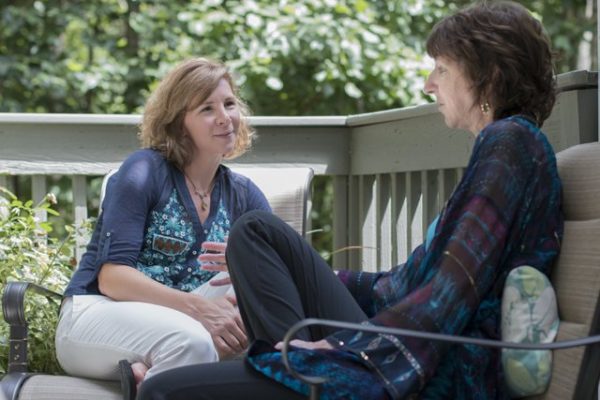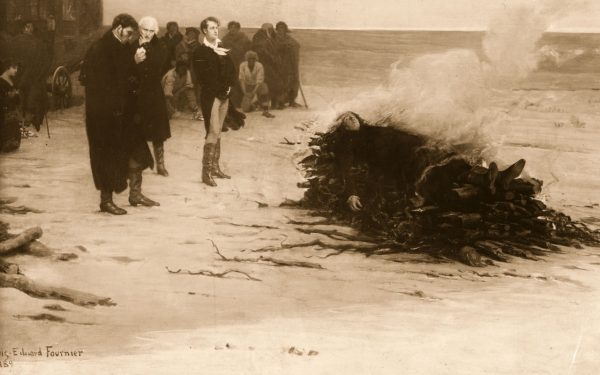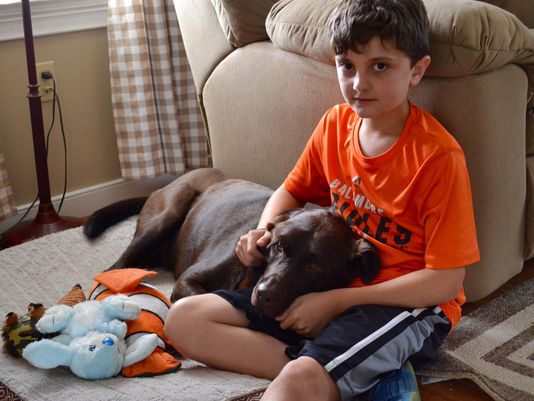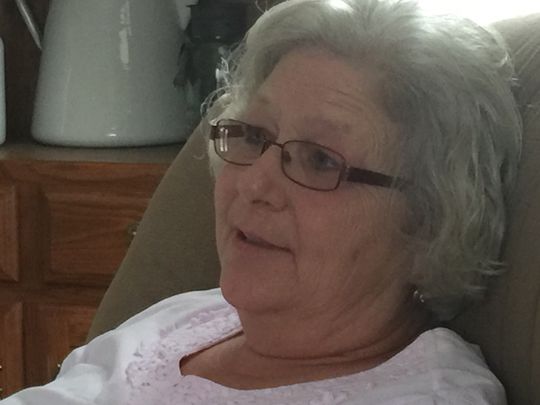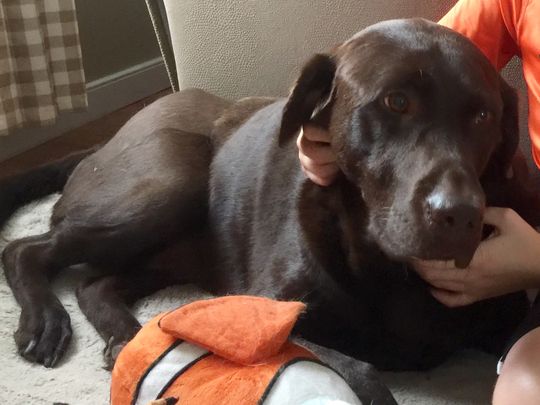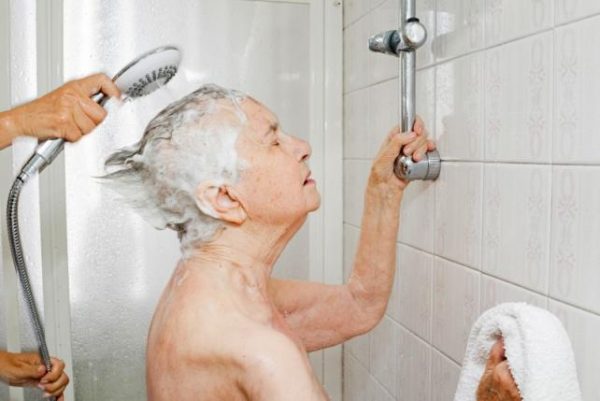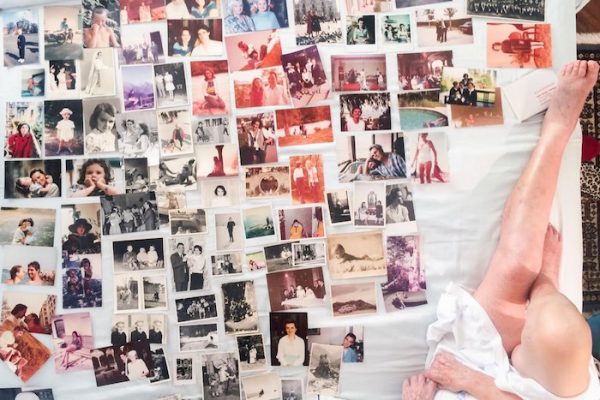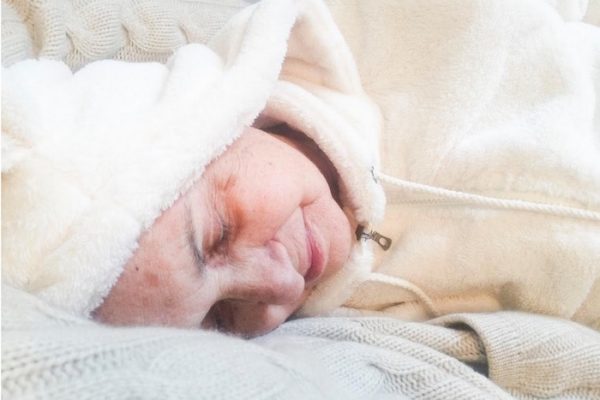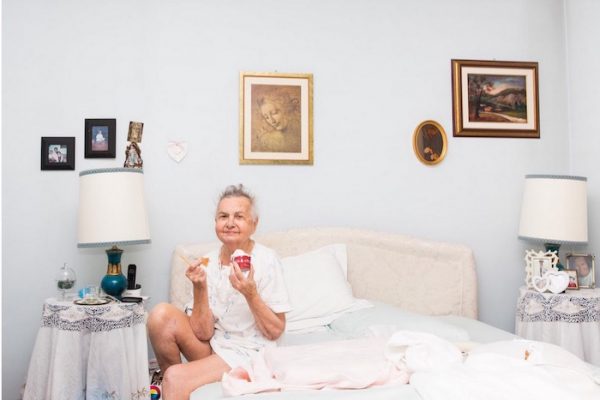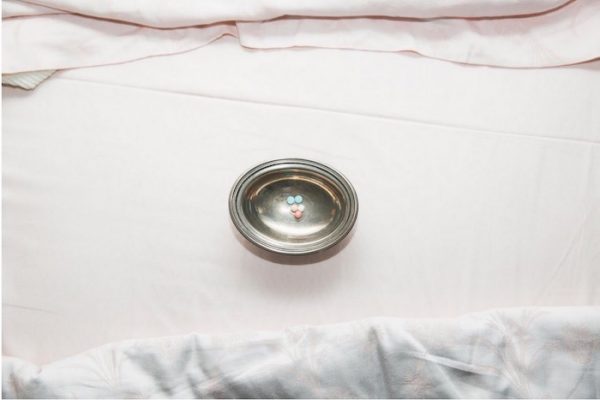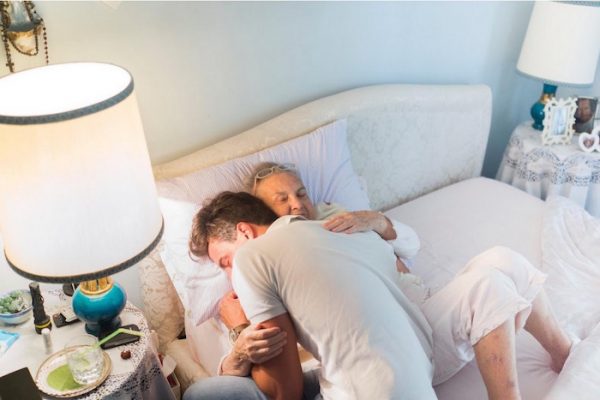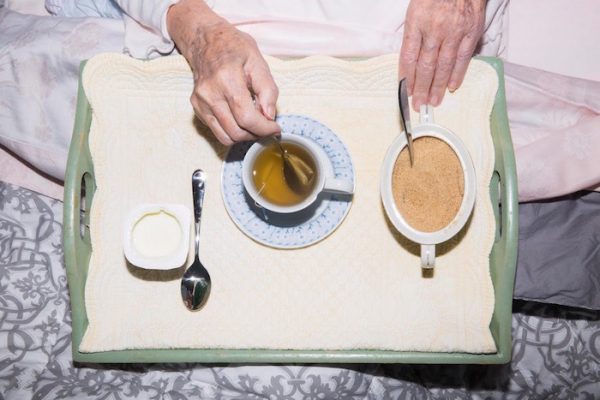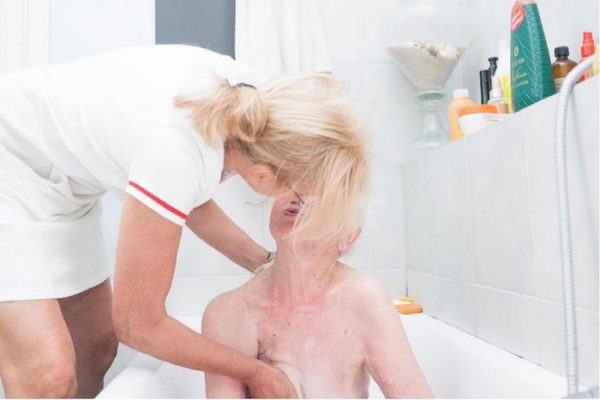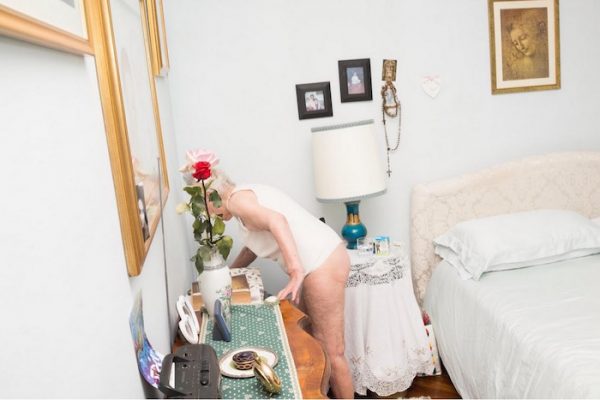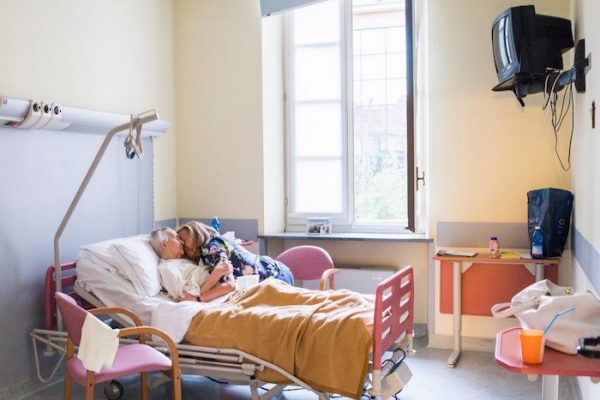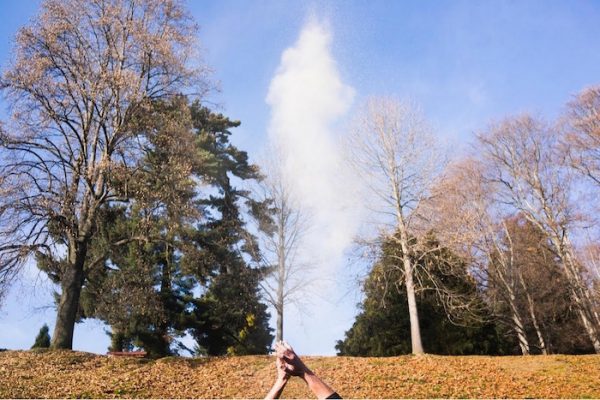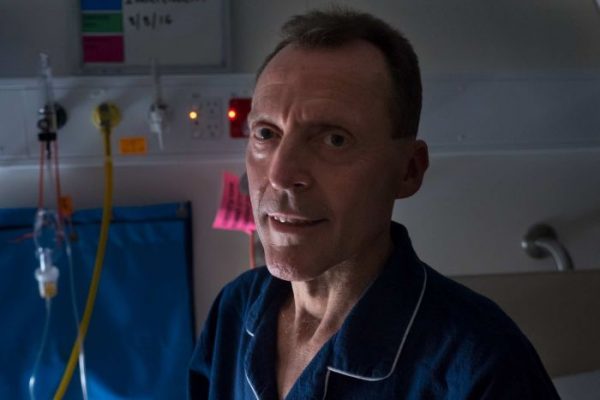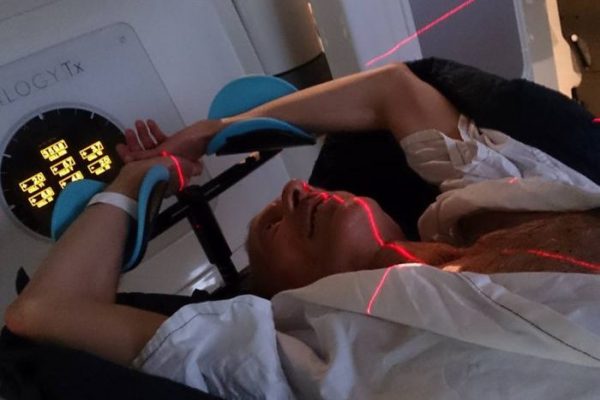‘We were hearing all kinds of stories, and service providers themselves were feeling very distressed’
By Roshini Nair
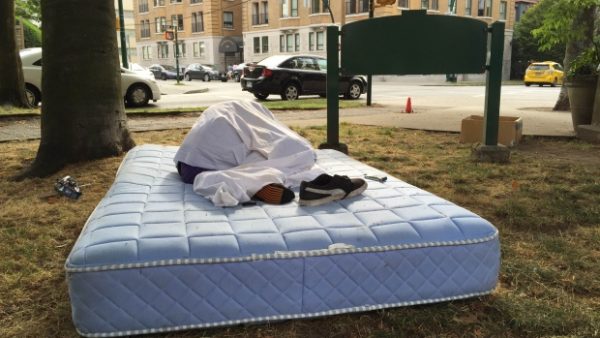
It’s an uncomfortable truth, but some people spend their last days in parks, streets and their cars, alone and in pain.
University of Victoria researcher Kelli Stajduhar has been leading a study looking at palliative care options for the homeless after hearing stories from outreach workers about people dying in the streets.
“We would really like to think as a society that we care for our people, especially at the end of their lives,” she said.
“[But] we were hearing all kinds of stories, and of course, these service providers themselves feeling very, very distressed at the kinds of things they were witnessing.”
Poor relationship to health care providers
Stajduhar — a palliative care nurse — is a strong advocate for better quality end-of-life care, and she said that people on the streets face significant barriers to getting care.
For one, they might not be diagnosed properly or too late.
Many homeless individuals come into the emergency room in pain but leave early or are turned away, she said.
Eventually they are diagnosed, but it is too late.
“They’re finally diagnosed with an illness that’s so far advanced even if a treatment option was offered, there’s really no benefit.”
Furthermore, Stajduhar said homeless individuals are often denied pain medication because health-care providers assume they’re just trying to access drugs.
These negative experiences with the health care system leave homeless people distrustful and unwilling to seek out care, she said.
“We’ve got these situations where people are suffering needlessly, and a big part of that is because of our own biases and stigmas against people.”
Staying within the community
Stajduhar said since many people on the streets are isolated and estranged from their loved ones. Often, the only community they know and love is the downtown community.
“We need to be seeing people and providing service to where they’re at, where they are most comfortable.”
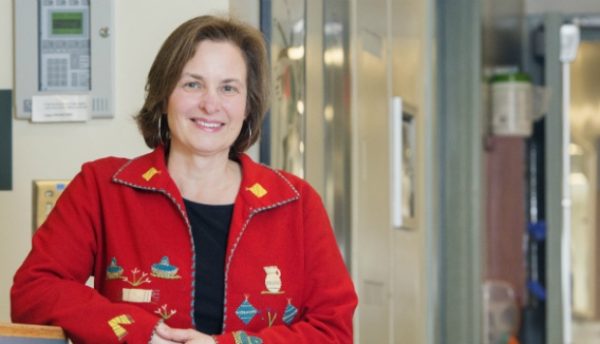
But shelters and outreach workers are not equipped to provide palliative care, she said, and there is often no coordination between different groups to provide the best sort of end-of-life care.
Stajduhar said her team is looking at how palliative care providers can be flexible enough to meet people in the community.
One especially promising model is Toronto’s PEACH team — or the Palliative Education and Care for the Homeless team.
The PEACH team has outreach doctor, nurses, and social workers who see people wherever they happen to be — in shelters, on the streets or in a housing complex.
Stajduhar said she can imagine a similar model in Victoria, although there would need to be more funding.
“We have the nuts and bolts in our community to do that.”
Complete Article HERE!


